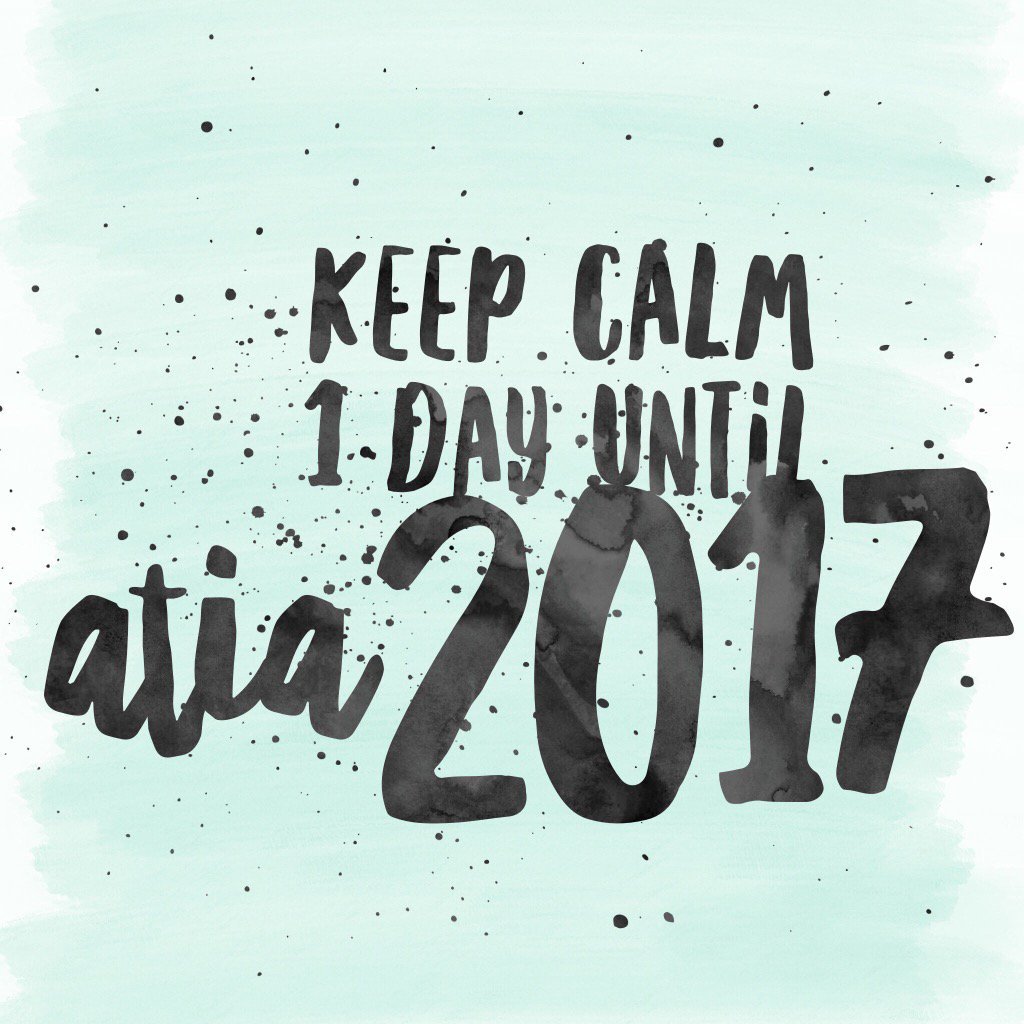Tuesday kicked off the first day of the ATIA 2017 convention and the pre-conference sessions. I had the amazing opportunity to participate in the two-day AT Bootcamp session run by Mike Marotta (@mmatp), Brian Wojick (@bwwojic), Mike Cole (@TheRealMikeCole) and Kelly Fonner (@KellyFonner). Although the day was filled with valuable information and tools, I am sharing some of my key highlights and take aways from the first day of AT Bootcamp...I hope you find these as helpful as I did!
1. The importance of supporting the technology: Much emphasis falls on the importance of selecting a device or tool to meet the needs of the individual in need of support. However, much of today's AT Bootcamp discussion also focused on the critical part successful implementation plays. If those who are supporting the device are not comfortable or properly trained, then all of the work to get the device or tool into the hands of the student would be all for nothing. The quote below by Bill Gates truly embodies the message:

 2. SETT Framework: For those working in the field of AT, the SETT framework created by Joy Zabala is a common "go-to" resource when evaluating and determining the right tools to meet each student's needs. As Joy describes on her website: "The SETT Framework is a tool that helps teams gather and organize information that can be used
to guide collaborative decisions about services that foster the educational success of students
with disabilities. Originally developed to support assistive technology selection and use in
educational settings, the principles of the SETT Framework have been used to guide decisions
about a much broader range of educational services, and also, with minor adjustments, have been
successfully used in non-educational environments and service plans."
2. SETT Framework: For those working in the field of AT, the SETT framework created by Joy Zabala is a common "go-to" resource when evaluating and determining the right tools to meet each student's needs. As Joy describes on her website: "The SETT Framework is a tool that helps teams gather and organize information that can be used
to guide collaborative decisions about services that foster the educational success of students
with disabilities. Originally developed to support assistive technology selection and use in
educational settings, the principles of the SETT Framework have been used to guide decisions
about a much broader range of educational services, and also, with minor adjustments, have been
successfully used in non-educational environments and service plans."
3. Comparing AT Consideration vs. AT Evaluation: There are specific differences when comparing an AT consideration and an AT evaluation. The graphic presented at the AT Bootcamp helps to provide clarification between the two.
4. Feature Matching: An excellent discussion regarding feature matching helped to provide insight into the critical role it plays in device selection. To provide clarity, feature matching is the systematic process where a person's needs, strengths and abilities are matched to available low and high tech tools and strategies. Two key points made during AT bootcamp was feature matching refocuses the priority back onto the student's needs instead of the device selection and makes the decision making process one that involves the entire team, not just the assisitive technology specialist.
The presenters shared a link for the website http://matchingpersonandtechnology.com/ which provides more detailed information regarding the feature matching and sample feature matching checklists.
Additionally, Carole Zangari of the PrAACtical AAC blog, shared the link for the Student Inventory for Technology Supports (SIFTS) . SIFTS is a free, web-based survey tool that helps teams match the needs and abilities of a student to specific AT features. It is not a comprehensive assessment tool, but provides guidance to help teams in the process of AAC and AT selection.
5. iOT (Internet of Things): Wearable Technology
The Internet of Things is one of the latest trending topics in the tech field with much conversation focusing on wearable and voice activated technology. Wearable technology has become common place in our everyday lives between smart watches or activity trackers like FitBits, allowing students more discretion when using these tools within the learning environment. Additionally, voice activated technology, such as the Amazon Echo, or the sister product Amazon Dot, create affordable options for home automation particularly when paired with programs like Workflow, Zapier or IFTTT (If This Then That). The possibilities of voice activated Technologies are just emerging and have already made many positive strides towards leveling the playing field for those with disabilities.
















































